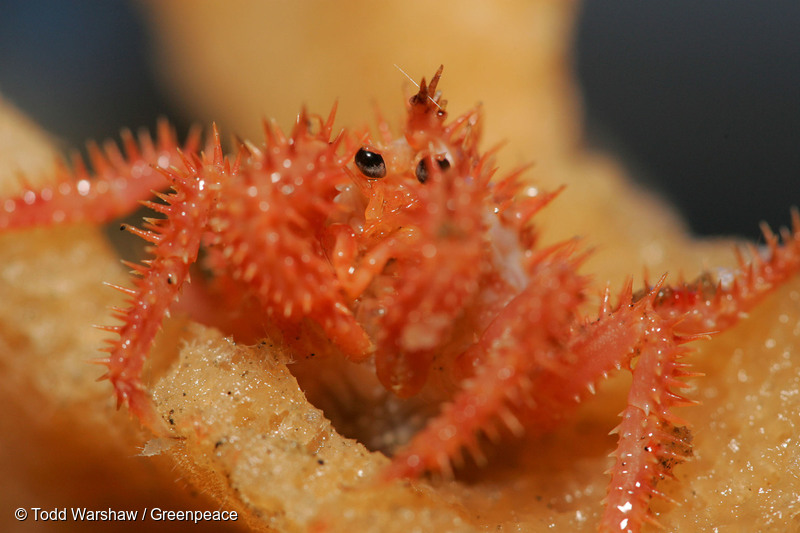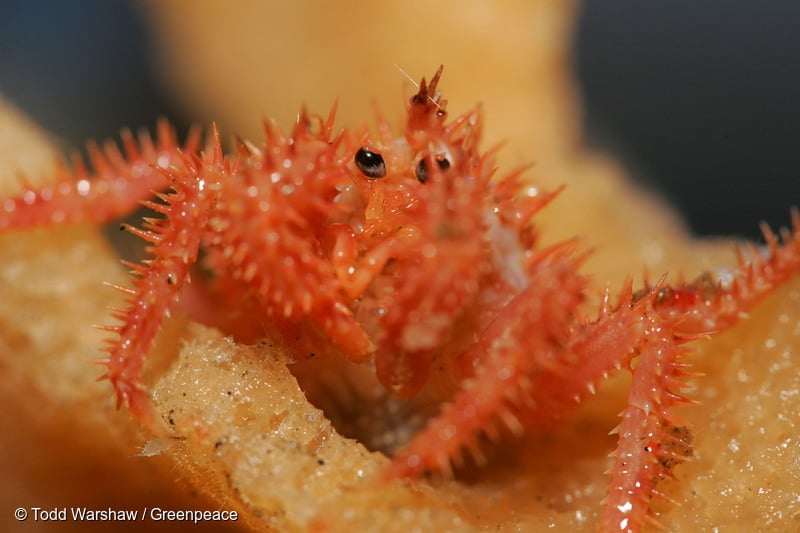Climate change has made it even harder to estimate how many fish there are, and how many there will be next year or the year after. Are the fish gone, or did they move?

Earlier this month, Alaska Department of Fish and Game announced that this year’s snow crab fishery is canceled, with CNN and others reporting that billions of the crabs had “disappeared.” Meanwhile, the Maine lobster industry was rocked by the news that the Monterey Bay Aquarium’s Seafood Watch program had red listed lobster for the first time following a court ruling affirming that the fishery was putting critically endangered northern Atlantic right whales at risk of extinction. A lot of money is at stake, and reactions have been extreme. How did we get here?
The U.S. is proud of its management of commercial fisheries. Each year, NOAA reports that the majority of the populations it manages are not overfished, and that overfishing is not occurring. Out of 460 stocks, 51 remain overfished, and another 245 are unclear – we don’t know enough about them to be sure if they are overfished or not. It doesn’t sound all that great, but it is better than it used to be, and better I suppose than many other countries. Certainly, the U.S. spends more money and effort on fisheries management than just about anyone else.
But the reality is a lot worse than that sounds.
Fisheries management typically treats fish (or crab, or lobster) on a single species basis: how many of these things can we pull out of the water while still leaving enough left so they can keep the population going? This approach typically means trying to remove 60% of the target population, what managers hope will be a “Maximum Sustainable Yield.” It’s kind of a crazy strategy for a lot of reasons, not least of which is that it is very hard to get right. As John Shepherd said, “counting fish is just like counting trees, except they are invisible and they keep moving.”
Climate change has made it even harder to estimate how many fish there are, and how many there will be next year or the year after. Are the fish gone, or did they move? Have their prey or their predators been affected, and what impact will that have? How does the changing temperature affect their physiology? Do they produce more successful offspring, or fewer? At a minimum, you would think that fishery managers would want to set more precautionary catch limits to account for climate-driven uncertainty. They don’t typically do that, but they definitely blame climate change if things go wrong.
That seems to be what has happened with snow crab – and maybe with king crab before that. Trawlers were dragging up enormous numbers of crabs as bycatch, prompting the U.S. and Japan to set aside trawl-free areas as early as 1964. But those precautions went out the window in the 70s, and crabs have had no place to hide ever since. As ice conditions shifted and crabs were more exposed, catch limits remained high. King crab populations plummeted, and now snow crab has collapsed as well.
Climate change is absolutely a factor, but so is greed and arrogance.

A golden king crab resting on a piece of sponge, collected during undersea research of Zhemchug Canyon in the Bering Sea, off the Greenpeace support vessel M/V Esperanza.
In my work with Greenpeace, I have had an opportunity to lead two submersible expeditions in the Bering Sea, and to see first hand the impacts of factory trawlers on vulnerable coral and sponge habitats. We made the case that sanctuaries were needed to help protect against uncertainty – to make sure that we do not disrupt the ecosystem in a way that not only harms biodiversity, but also the fisheries themselves. As is often the case, the North Pacific Fishery Management Council opposed the idea. Of the 900,000 square miles of ocean under the Council’s jurisdiction, none is fully closed to fishing.
Thousands of miles away in a very different fishery, Maine’s 4,500 lobstermen are grappling with similar challenges. There are some three million lobster pots in Maine’s waters, creating entanglement hazards for whales and other marine life. The lobstermen do not want to kill whales, of course, but with that much gear in the water, whales are being killed nonetheless. The Endangered Species Act, one of our bedrock environmental laws, requires that measures be taken to prevent extinction. So far, actions taken have fallen short of what is needed – or required by law. There are now less than 340 northern Atlantic right whales left, down almost a hundred from just ten years ago.
As with Alaska’s snow crabs, climate change has certainly played a factor. There is evidence that climate change has caused whales to shift their migration patterns in a way that has more overlap with fishing areas, for example, and other climate impacts have added to the whales’ precarious state as well.
But for crabs and lobsters, and indeed all fisheries, it is time to stop using climate change as an excuse and start acknowledging that we need to take a more precautionary approach.
We can no longer afford to set catch limits at the maximum level allowed by laws created 30 years ago. And we have to act quickly to establish a network of fully protected sanctuaries, both to help our oceans recover from the mistakes we have already made and to limit the damage from mistakes yet to come. Otherwise, as Jennifer Jaquet and Daniel Pauly wrote in a paper published this week, many fisheries labeled as “sustainable” will not ultimately be sustained.
